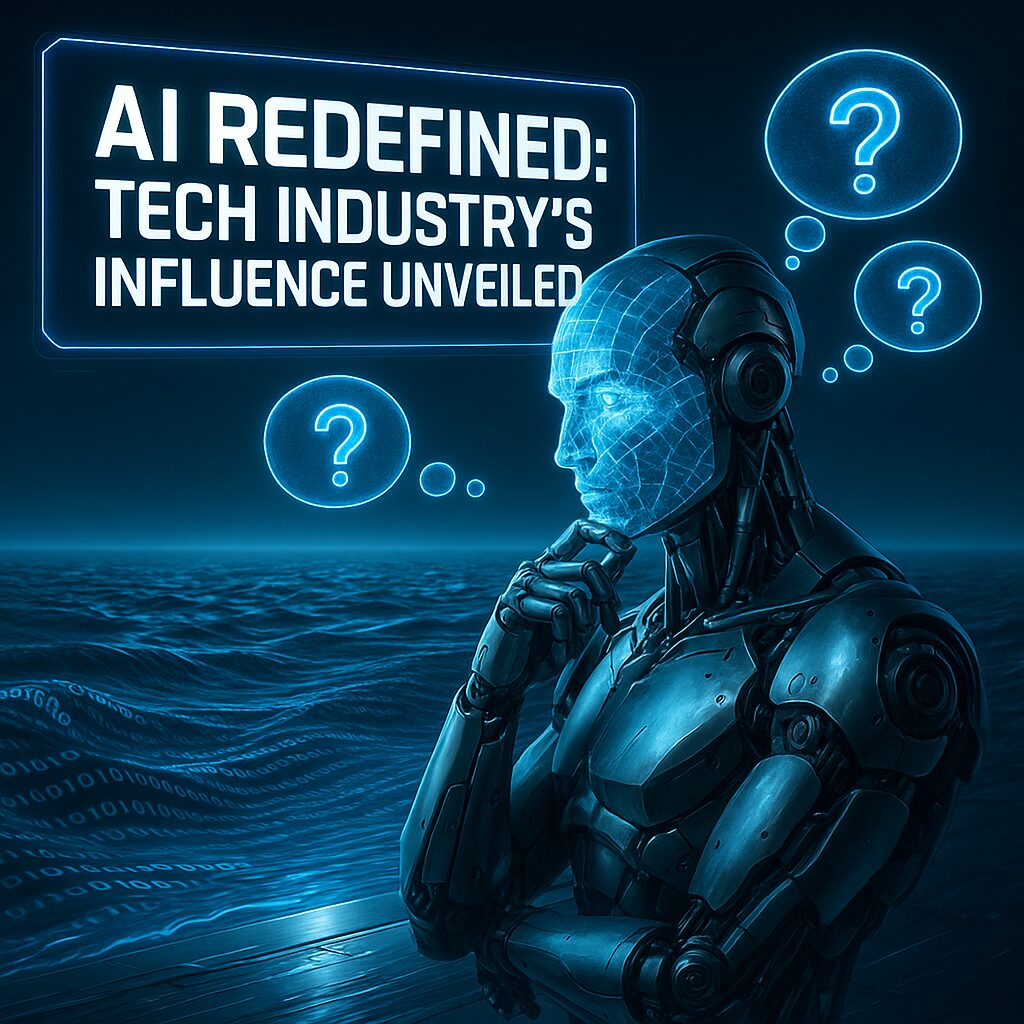
How the tech industry wants you to think about AI | Fiona Katauskas
“`markdown
# Navigating the World of Artificial Intelligence: Perceptions, Reality, and Future
In recent years, the rapid advancement of artificial intelligence (AI) has triggered widespread debate and analysis. The work of creators like Fiona Katauskas provides unique insights into how perceptions of AI shape our understanding of its role in society. While many headlines focus on the technological capabilities of AI, it is equally important to scrutinize the societal and psychological dimensions that accompany these advancements.
## The Conviction: Beyond the Binary of AI
There is a common tendency to view AI through a binary lens: utopia or dystopia, overwhelmingly beneficial or inherently dangerous. This polarized perspective often oversimplifies the complexity of AI’s integration into human life. AI is neither a panacea nor a Pandora’s box. It is a tool crafted by human hands, and much like any tool, its impact is contingent on the intentions of its wielders.
### The Dichotomy of Perceptions
AI is frequently depicted in extremes. On one side, it is heralded as the savior of industries, optimizing processes, and unlocking unprecedented efficiencies. On the other, it is feared as a harbinger of obsolescence, eroding jobs, and perpetuating surveillance. This dichotomy is not just limited to media portrayals but extends to individual beliefs and emotions towards technology.
– **Optimistic Vision**: Advocates for AI emphasize its potential to revolutionize healthcare with diagnostic precision, enhance learning through personalized education, and tackle climate change via computational models.
– **Pessimistic Fears**: Critics voice concerns over AI’s ethical implications, biases encoded in algorithms, potential job displacement, and loss of privacy.
These conflicting perceptions often lead to public confusion and polarizing debates that overshadow pragmatic discussions about the responsible development and deployment of AI technologies.
## The Personal: Bridging Human Experience with AI
Reflecting on the way we interact with AI reveals a more nuanced reality. On a personal level, AI applications like virtual assistants, streaming recommendations, and smart home devices have subtly woven themselves into the fabric of daily life.
### Personal Encounters with AI
It’s worth noting how personal experiences with AI can frame opinions. Consider this introspective narrative:
> “When I first began using AI-driven personal assistants, my hesitation stemmed from uncertainty. However, as I started to rely on AI to organize my schedule and manage my tasks, I discovered a balance – leveraging technology for efficiency while maintaining a mindful approach to its use.”
This highlights a pivot from skepticism to cautious embracement, illustrating the adaptability of human interaction with AI. People’s experiences with technology can evolve, reflecting a shift from outright doubt to discerning incorporation into daily routines.
### The Balance of Integration
The optimal interface between humans and AI lies not in outright acceptance or rejection, but in harmonizing AI’s capabilities with human needs and values. This demands an awareness of how AI can augment rather than override human potential.
## The Learning Moment: A Realistic Approach to AI
Understanding AI requires a multifaceted perspective that balances optimism with caution. Acknowledging both its potential and limitations cultivates better-informed decision-making.
### Key Learnings:
– **Ethical Deployment**: The ethical programming and deployment of AI must prioritize human rights and dignity.
– **Adaptive Design**: AI systems should be designed to adapt to diverse human contexts and needs, ensuring inclusivity and fairness.
– **Continuous Dialogue**: Engaging in continuous dialogue about AI’s role in society fosters transparency and accountability, allowing diverse voices to shape its evolution.
By emphasizing these principles, we can harness AI’s strengths while safeguarding against potential pitfalls.
## Emotional Closer: Reflecting on Our Technological Future
As we stand at the crossroads of continuous technological advancement, it is crucial to contemplate the kind of relationship we wish to foster with artificial intelligence. AI’s trajectory is not predetermined; it is shaped by collective human agency and intentionality.
– **What values do we want to embed in the AI systems we build?**
– **How can we facilitate a future where AI enhances human life without compromising our freedom and privacy?**
Pondering such questions encourages a deeper engagement with the ethical and practical dimensions of AI, encouraging a shared commitment to building a future that aligns with our collective aspirations and ethical standards.
In essence, the journey with AI is as much about navigating our perceptions and intentions as it is about technological progress. By remaining curious, critical, and compassionate, we ensure that AI serves as a tool for human flourishing rather than a source of division or fear.
“`

